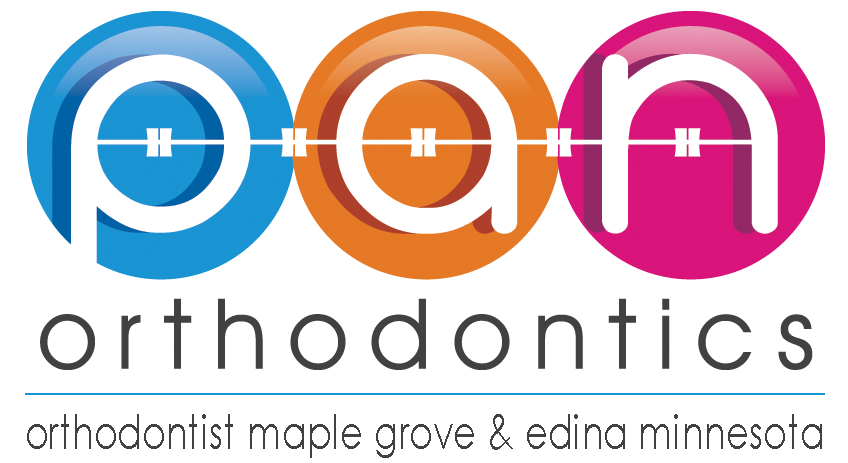Ortho Appliances - Elastics
Elastics are rubber bands which are frequently used in orthodontics in order to correct various types of malocclusions. The elastic wear is prescribed by an orthodontist or a dentist. It often involves the use of dental braces and other appliances which slowly adjust the teeth and/or jaws. Orthodontic elastics may also be used with clear aligners. This is especially common when complex tooth movements are required or when a bite adjustment is required. The elastic wear can last from a few weeks to several months depending on the situation. The elastic wear can be worn from 12-23 hours a day. It can be worn during the night or throughout the day depending on the treatment plan. The various types of elastics can produce different forces on the teeth. As a result, the use of elastics with specific forces is critical in achieving a good orthodontic occlusion.
The term “intermaxillary elastics” is used when elastics are able to go from the maxillary to the mandibular arch. Intra-maxillary elastics are elastics which are only used in one arch. People who use elastics for orthodontic correction, often change their elastics three to four times each day. Elastic wear is recommend to be used in a rectangular wire in order to reduce the side effects. Elastic wear is highly dependent on how compliant the patient is. A patient who is non-compliant is not a good candidate for wearing elastics and they may benefit from other options.
Elastic forces
Elastics are available in a variety of different forces. The forces and the labelling of the forces may vary based on the manufacturer and type of elastics that is used. These forces pertain specifically to intermaxillary elastics.
Class II elastics
Class II elastics are typically used from the lower first molar through to the upper canine tooth. They can be used for a variety of reasons. One use is for Class 2 malocclusions, where they reinforce anchorage in a case where an extraction has been completed. The elastic allows the maxillary incisors to move backwards. They are also used to correct a midline deviation and allow buccal movement of backward-tipped lower incisors. Orthodontists typically use 12-16 oz elastics in the case of an extraction or 2× 6 oz elastics on both sides of the mouth. In non-extraction cases, however, 16-20 oz elastics or 2× 8 oz elastics are often used. It is critical to understand the side effects of Class II elastics prior to using them in orthodontic treatments. Below are the side effects of Class II elastics:
- Upper incisor extrusion
- Lower first molar extrusion
- Lower incisor flaring
- Distal movement of the upper teeth and mesial movement of the lower teeth
- Steepening of the occlusal plane
Effect on Class II Malocclusion
A systematic review was completed to determine the effect of using Class II elastics in class II malocclusions. The review concluded that Class II elastics are an effective method for correcting Class II malocclusions. The side effects that were identified primarily included the flaring of mandibular incisors, loss of mandibular anchorage or moving the molars forward and a worsened of smile esthetics from the extrusion of the upper incisors.
Class III elastics
Class III elastics are used when there is a Class 1 malocclusion. Class 3 malocclusions can be corrected with Class III elastics depending on the severity. Asymmetric Class III elastics can also be used if the Class 3 malocclusion is asymmetrical. It is important to evaluate the soft and hard tissue esthetics of a patient prior to using Class III elastics. Elastic wear can produce changes in dentition, while there were no documented changes in the soft and hard tissues. Below are the side-effects associated with Class 3 elastics:
- Distal movement of the lower teeth and mesial movement of the upper teeth
- Upper incisor flaring
- Lower incisor extrusion
- Upper first molar extrusion
- Flattening of the occlusal plane
Pan Orthodontics Philosophy
To treat our patients as our families and to treat others as how we want to be treated. From your first phone call to the moment your new smile is born, everything in our office is set up to ensure an excellent experience with us. We will always listen to you and improve with your suggestions.
Featuring The Latest Orthodontics Technology
Our Commitment to You
We will continue to keep up with the ever growing digital technologies to improve your orthodontic experience. We also commit to always help you find the most convenient time for your visit with us.




